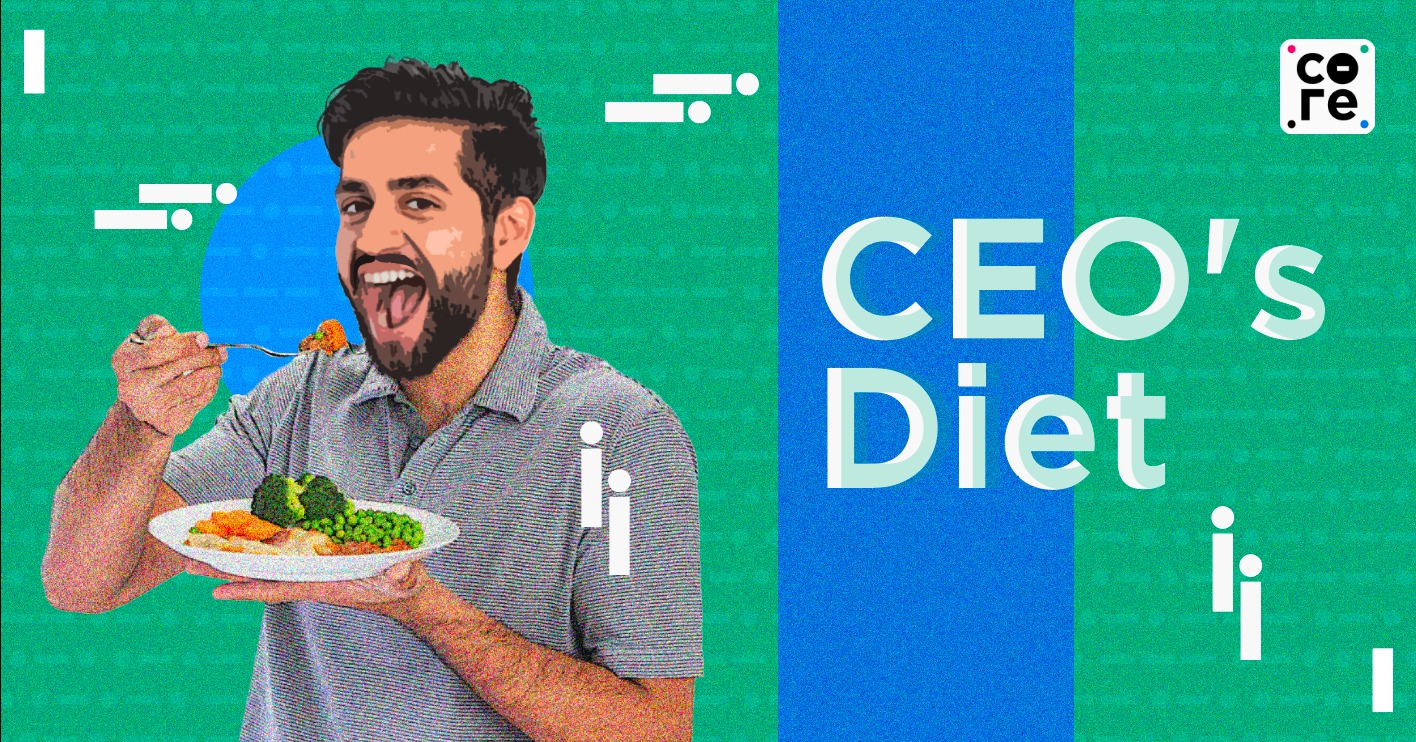
Behavioural Science Could Help Us Eat Better: Here's How
Instead of testing your willpower, behavioural sciences help you eat better through small changes in the right direction.

We all want to eat healthy, but as we know, it?s easier said than done. Ingrained habits, cognitive biases, and the allure of instant gratification can be roadblocks in our journey towards better eating.
Thanks to the internet, we have access to the knowledge we need to eat better, yet we often make suboptimal food choices.
This is where behavioural science, with strategies rooted in psychology, can come to our rescue, providing a pathway to healthier choices without relying on sheer willpower or exhaustive information.
How Behavioural Science Works
Behavioural science hacks work by understanding the intricacies of human behaviour. Instead of expecting immediate shifts like transitioning abruptly from a low to high protein diet, these strategies acknowledge existing cognitive biases and environmental influences on decision-making. The aim is to make healthier choices by default, requiring less conscious effort.
Behavioural science intervenes through subtle prompts and nudges shaping decisions without individuals realising it. It also promotes positive habits aligned with an individual's health goals. Rather than drastic changes, these hacks introduce manageable adjustments ? for example keeping water on the desk ? foste...
We all want to eat healthy, but as we know, it’s easier said than done. Ingrained habits, cognitive biases, and the allure of instant gratification can be roadblocks in our journey towards better eating.
Thanks to the internet, we have access to the knowledge we need to eat better, yet we often make suboptimal food choices.
This is where behavioural science, with strategies rooted in psychology, can come to our rescue, providing a pathway to healthier choices without relying on sheer willpower or exhaustive information.
How Behavioural Science Works
Behavioural science hacks work by understanding the intricacies of human behaviour. Instead of expecting immediate shifts like transitioning abruptly from a low to high protein diet, these strategies acknowledge existing cognitive biases and environmental influences on decision-making. The aim is to make healthier choices by default, requiring less conscious effort.
Behavioural science intervenes through subtle prompts and nudges shaping decisions without individuals realising it. It also promotes positive habits aligned with an individual's health goals. Rather than drastic changes, these hacks introduce manageable adjustments — for example keeping water on the desk — fostering healthier habits over time.
‘System 1’ And ‘System 2’ Thinking
If you have read Daniel Kahneman’s book Thinking, Fast and Slow, you might be aware of the concepts of ‘System 1’ and ‘System 2’ thinking. These two systems represent two distinct modes of thought that humans use to process information and make decisions.
They offer a valuable lens through which to understand and implement behavioural science strategies for healthier eating.
Harnessing The Magic Of System 1 Thinking
System 1 is the fast, automatic and intuitive mode of thinking. It operates quickly and effortlessly, allowing us to make rapid judgments and decisions without much conscious effort. It operates largely in the background, drawing on past experiences and patterns to provide rapid responses.
Behavioural nudges work well with System 1 thinking, providing shortcuts for our brains to make healthier choices without information overload.
Appling ‘System 1’ At Home And Work
Easy Access And Visibility: Implement this by ensuring healthy foods are prominently displayed on the kitchen counter, in the pantry, or inside the fridge, along with using smaller-sized plates. Keeping healthier choices at eye level in these areas, as well as pre-cutting fruits instead of leaving them whole, are other effective methods.
Default Choice: This works by making healthier eating the default choice. Don’t buy or stock your pantry with food options that you are trying to avoid and that tempt you. This creates a favourable environment for you to stick to your resolutions without testing your willpower. High-calorie, high sugar and processed foods should be served in smaller plates or portion sizes.
Obstruction: Make unhealthy items harder to access by placing them out of reach behind other items or in opaque boxes.
How To Use System 2 Thinking
System 2 involves deliberate, analytical thinking that requires conscious effort. While it can be mentally taxing, it is instrumental in making informed decisions and planning for the long term.
Meal Planning: This involves keeping in mind nutrition goals and preparing a plan for the next few days or the week and prepping accordingly. It takes away the last-minute hasty decision to order food or resort to ultra-processed food because there are no better options available at short notice.
Reading Labels: Understanding and interpreting nutrition labels demands cognitive resources, a task best suited for System 2 thinking. This is also a part of spending time to learn about nutrition and food.
Mindful Eating: Mindful eating practices such as screen-free eating, and enjoying the flavours and textures of food also help and need conscious effort.
Setting Long-Term Goals: System 2 is indispensable for setting comprehensive, long-term health goals that guide overall eating habits.
Behavioural science hacks can be a powerful ally in your quest for a healthier lifestyle.
By understanding and embracing both System 1 and System 2 thinking, you can navigate the complexities of decision-making. Whether it's through subtle nudges in external environments or deliberate efforts in meal planning, these strategies enable sustained, healthier eating habits.
Using these hacks, the journey towards healthy eating becomes not only doable but also an enjoyable one devoid of constant battles with willpower.
Instead of testing your willpower, behavioural sciences help you eat better through small changes in the right direction.

